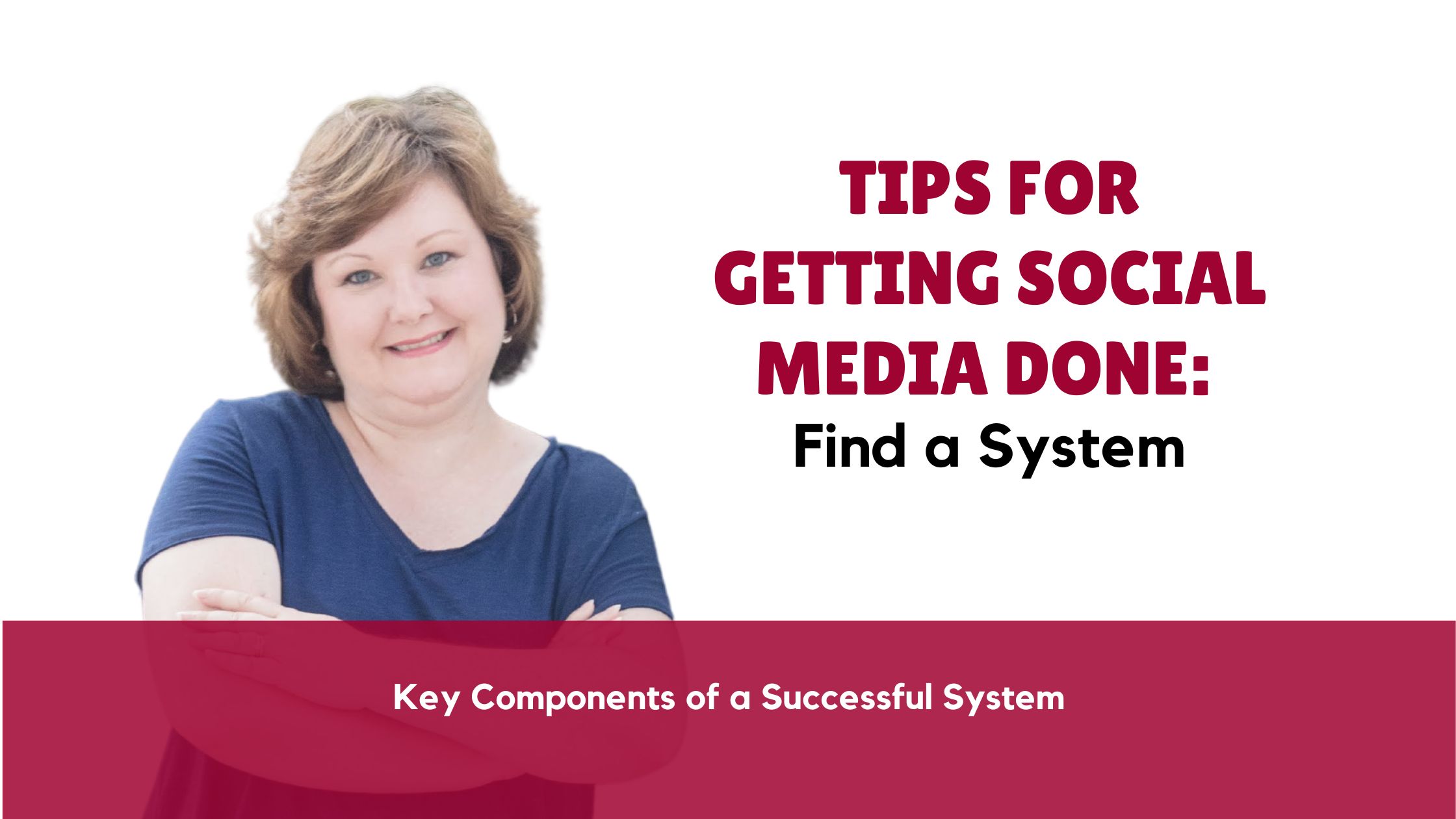In today’s world, social media is an essential tool for non-profit organizations to achieve their organizational and fundraising goals. However, to be successful, it’s important to have a system that helps you manage your social media accounts effectively. In this article, we will discuss the key components of a good social media system for non-profits.
Decide on Your Goals
The first step in creating a social media system is to decide on your goals. Your social media goals should be connected to your organization’s strategic and fundraising plan. Ask yourself: Is it donor acquisition, retention, awareness, or supporting a fundraising goal? You can have multiple goals, but make sure they are SMART goals and that you have metrics to measure your progress.
Most Common Reasons for Nonprofits on Social Media
To determine your goals, it’s important to understand why non-profit organizations use social media. Common reasons include
- fundraising,
- brand awareness,
- recruiting volunteers, and
- sharing news.
Knowing these reasons can help you identify which goals are most important for your organization.
What Are Your Strategic Reasons?
In general, there are seven strategic reasons why non-profit organizations are on social media. These include increasing brand awareness, driving traffic to your website, finding new volunteers, growing revenue, boosting brand engagement, building a community around your non-profit, and increasing mentions in the press. Identify which of these reasons are most relevant to your organization.
Decide on Your Content Categories
Your content categories help focus your content and support your goals. The Donor Journey and Social Media episode went through content categories with some post ideas in more detail. The donor journey consists of four categories: Attract, Connect, Transform, and Retain.
Attract:
This stage is where you will begin finding and attracting those who are most likely to give to your cause (Ideal Donor). It’s important to know and understand who those people are. Attracting starts with subcategories of Awareness and Authority.
Connect:
Donors donate to organizations that align with their values and beliefs. Connect is where you post content that lets your ideal donor know you understand them and the two of you are working for the same purpose. You let them know that you understand them and their values. You are pointing out the things you have in common.
Transform:
Transform focuses on moving the followers to a deeper connection with you. You are converting (or transforming) them into volunteers, donors, and advocates for your cause.
Retain:
Retain posts help keep donors informed, give them recognition, and help keep them donating.
Decide on Your Schedule
Consistency is key when it comes to social media. Decide how often you will post and get specific with regular days and times. Research shows that a minimum of three times a week works, but to grow faster, 3 times a day, seven days a week works best. Schedule your posts in advance to save time and consider using a scheduler like HootSuite, Buffer, or Social Bee.
Measure and Remove What Doesn’t Work
Keep track of your goals and metrics to determine what is working and what isn’t. Experiment with what can be tweaked to create a system that requires minimal work while getting big results.
Use Templates
Templates can help with branding and save time. When you have consistent visual images, people scrolling can immediately know the post is from you. When you can simply change a few things on a graphic, you can save a lot of time. No more starting from scratch!
Batch Your Work
Batching your posts and scheduling them all at once helps you knock that task off your list for a couple of months. Taking a few hours to do it all at once saves you from having to steal time from other tasks throughout the week.
Use a timer:
Setting a timer can help you stay on track and focused during your work hours. You can use the Pomodoro Technique, which involves working for 25 minutes and taking a 5-minute break, or adjust the time intervals to suit your needs. This technique can help you stay productive and avoid burnout.
Minimize distractions:
Distractions can be a major obstacle to productivity. If possible, turn off notifications on your phone or computer while you work. Close unnecessary tabs on your browser and avoid checking social media or email during work hours. If you have a hard time resisting the urge to check your phone, consider putting it in another room while you work.
Take breaks:
Taking regular breaks can actually help you stay productive. Sitting for long periods of time can be harmful to your health and reduce your productivity. Stand up and stretch, take a walk, or simply move around to get your blood flowing and increase your energy levels.
Stay organized:
Having a cluttered workspace can increase stress and reduce productivity. Take some time to declutter and organize your workspace. Keep only the essentials on your desk, and store other items in drawers or shelves. Use labels and color-coding to help you quickly find what you need.
Prioritize tasks:
When you have a lot on your plate, it’s important to prioritize your tasks. Make a list of what needs to be done and rank them in order of importance. Focus on the most important tasks first, and tackle the less important ones later. This can help you stay on track and avoid feeling overwhelmed.
Conclusion
In conclusion, there are many ways to improve productivity when working from home. By setting a schedule, creating a comfortable workspace, minimizing distractions, taking breaks, staying organized, and prioritizing tasks, you can stay productive and get more done in less time. Remember, the key is to find what works best for you and stick to it. With a little effort, you can make working from home a productive and rewarding experience.

